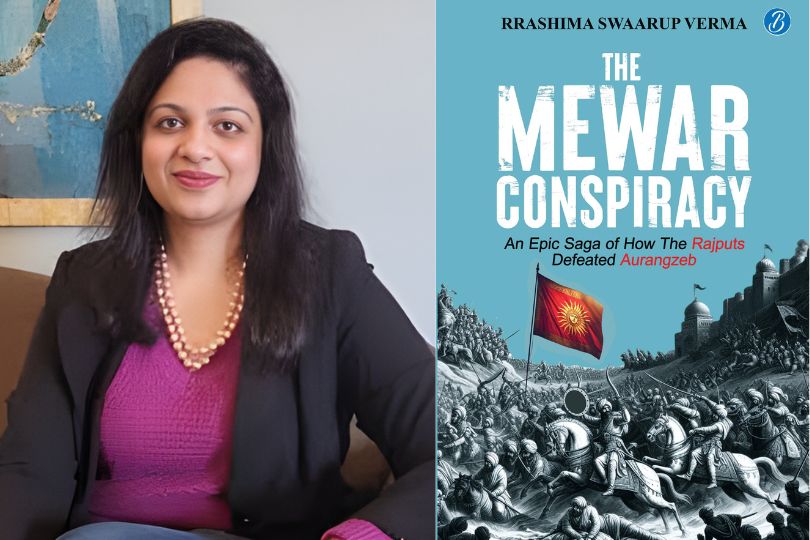Frontlist | With America still on lockdown, publishers lean into direct mail
Frontlist | With America still on lockdown, publishers lean into direct mailon Feb 02, 2021

While many publishers have spent years trying to reduce their reliance on (and the cost of) legacy print businesses, the spread of coronavirus has opened up a narrow window for publishers to capitalize on them again.
“I think our legacy divisions have potential for a ton of upside,” said Joshua Brandau, the chief revenue officer of the Los Angeles Times. “Through corona we’ve had this opportunity to use the direct mail business because we’ve been able to reach people where they actually are.”
But in doing so, they’ll have to balance between serving their advertisers and spamming what are often their most valuable base of customers.
Few marketers would consider direct mail a bright shiny object, but it has gotten a fresh look in recent years, particularly among DTC brands looking to diversify their media spending beyond Facebook and Google.
As a channel, direct mail has its challenges — compared to the near-instantaneous feedback of digital advertising, the response times are an eternity — but it also offers bedrocks that are quite attractive.
“Your response rate is going to be anywhere from .5 to 1.5% always,” Brandau said. “That’s higher than pretty much any digital campaign.”
And after the coronavirus swept across the United States and confined Americans to their homes, advertisers’ priorities and strategies changed quickly.
Many advertisers tried out direct mail for the first time, said Justin Bronce, an account director at the media agency ForwardPMX, and those with established programs in the channel saw strong results in 2020. “All of [those] clients are up 20, 25% [in direct mail-driven revenue] over last year,” Bronce said.
Publishers, too, responded accordingly. After the closure of stores decimated the in-store sampling that many beauty brands relied on, Marie Claire launched a direct mail sampling operation, expecting to gather tens of thousands of signups within the first year.
For publishers that are already mailing goods to customers, adding sampling is an easy fit. Group Nine, for example, has been sending branded packages of products to readers via Box’d, a program that began as Must Have with Popsugar, before Group Nine acquired it. Group Nine has been thinking about expanding further in this direction by leveraging the ghost kitchen it launched through Thrillist back in December.
“We’re doing a lot more thinking about the value-add we can do with consumers,” said Geoff Schiller, Group Nine Media’s chief revenue officer. “’Here’s OxyClean, because it’s a messy meal,’ [for example].”
Source: Digi Day
Coronavirus
Covid-19
Frontlist Book News
Frontlist Global News
Frontlist Global Publishing News
Frontlist Latest news
Frontlist News
publishing news



.jpg)






.jpg)

.jpg)

.jpg)

.jpg)
.jpg)










Sorry! No comment found for this post.